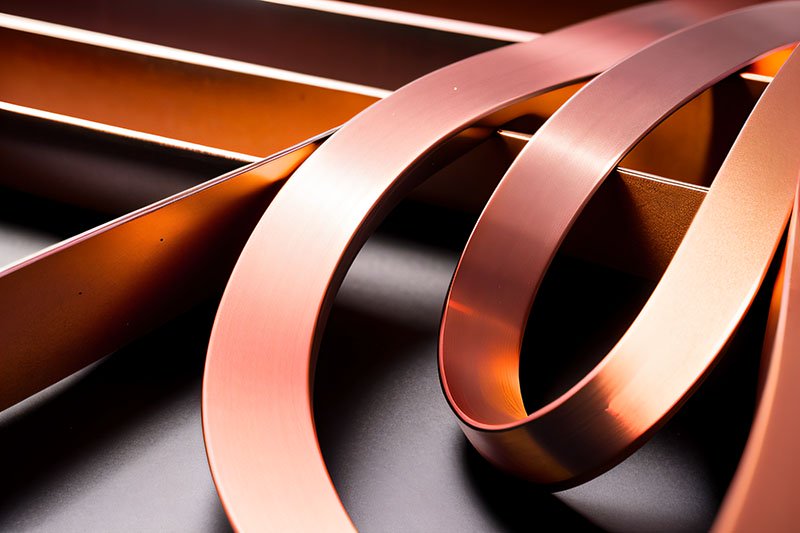This simple and versatile technique is utilized to bend sheet metal profiles for prototypes and batch production. A range of geometries can be formed including bend, continuous and sheet. It is also referred to as bending.

Consumer electronics and appliances
Transport and automotive
Lighting
Applying a bend to a sheet of material increases its strength, while bending processes combine the ductility and strength of metals to produce parts with improved rigidity and lightness. Machines are computer guided, which means they are precise to within at least 0.01mm and can be preprogrammed for any given part. Even so, the aesthetic quality of bending part is largely dependent on the skill of the operator and their experience with that particular machine.
Bending are fundamental to low to medium volume metalwork. When combined with cutting and joining equipment, Bending are capable of producing a range of products including continuous, bend and sheet geometries.Pressure is applied by a hydraulic ram, which forces the metal to bend along a single axis between a punch and die.There are many standard punches and dies, which are used to produce a range of bends with different angles and circumferences,but always in a straight line.
Almost all metals can be formed using bending, including steel,aluminium ,copper.Ductile metals will bend more easily and so thicker sections ban be formed.
Contact us to get started with a free project review and quote to learn more about our services.